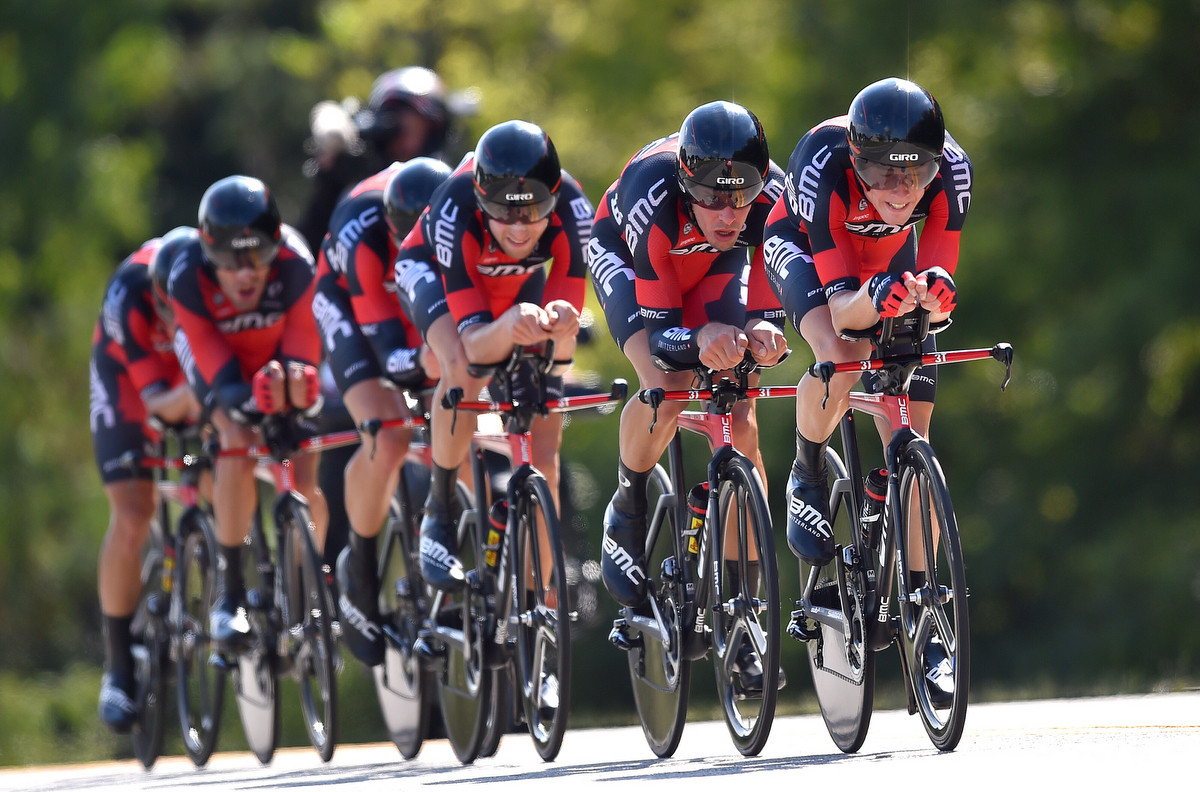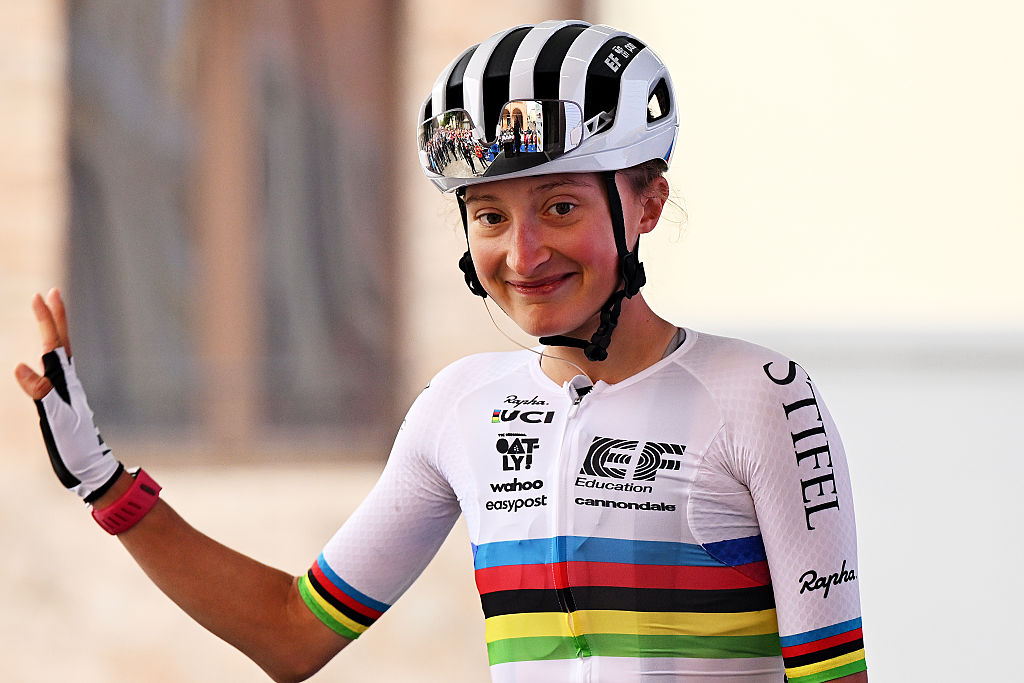Opinions split on reducing Tour de France team sizes
Route director Gouvenou says it will increase suspense and safety, but team directors aren’t convinced

The argument about reducing the size of teams taking part in the biggest events on the calendar has been rumbling along in the background for some years. Those in favour suggest that it will increase safety by reducing the size of the peloton and boost suspense by cutting the degree to which teams can control the action. Those opposed insist this analysis is flawed and a reduction would simply heap more pressure on domestiques and could even cut the number of places available on team rosters.
Following last week’s announcement by the International Association of Cycle Race Organisers (AIOCC) that it has made a proposal to the UCI for a reduction of one rider from each team participating in the Grand Tours, the Classics and other major races, the issue has been brought to the fore.
It is no coincidence that the AIOCC is headed by Tour de France boss Christian Prudhomme, who stated he was in favour of this change back in 2012 and has consistently attempted to increase unpredictability at ASO’s races. Speaking to L’Équipe, Prudhomme’s route director at many of those races, Thierry Gouvenou, has backed that call.
“When you see the strength of some teams, you soon understand that not much is going to happen,” says Gouvenou. “We need to rediscover an element of uncertainty."
However, based on the comments made by several team directors to the same newspaper, it is evident that many key players remain to be convinced. FDJ boss Marc Madiot evokes the possibility of teams forming combines in order to maintain their control, while Team Sky director Nicolas Portal suggests the change could fundamentally undermine a team’s challenge for the Tour’s yellow jersey.
“To win the overall you have to be on top every day. Each rider has a key role and if you remove one element that means that the others will have to work more. I think that in the second and third weeks the smaller teams could be fresher than the big ones and that could result in a more unpredictable scenario,” says Portal, perhaps inadvertently providing some substance for one argument behind the AIOCC’s proposal.
On the question of security, Gouvenou suggests that a peloton containing 160-170 riders rather than 200 will negotiate potential hazards on the road more easily. He also points out that having a smaller peloton should make it easier for motorbikes and race vehicles to pass the bunch, a view supported by his predecessor Jean-François Pescheux.
The latest race content, interviews, features, reviews and expert buying guides, direct to your inbox!
"There are too many obstacles around today, too much route furniture,” says former ASO route director Pescheux. “Lowering the number of riders isn’t going to stop crashes taking place but it will enable the peloton to flow more easily.”
Once again, though, Madiot isn’t convinced. “This wouldn’t change much at all. It would be better to suppress the use of electronic devices, which hypnotise the riders, or to provide all of the riders with the same earpiece.”
One of Madiot’s colleagues isn’t sure the adjustment would cut the number of crashes either. “There’s been a clear increase in the degree of nervousness over the last few years,” says Direct Energie director Lylian Lebreton. “Each team’s plans will stay the same, so dropping from nine riders to eight will have no affect.”
Peter Cossins has written about professional cycling since 1993 and is a contributing editor to Procycling. He is the author of The Monuments: The Grit and the Glory of Cycling's Greatest One-Day Races (Bloomsbury, March 2014) and has translated Christophe Bassons' autobiography, A Clean Break (Bloomsbury, July 2014).
